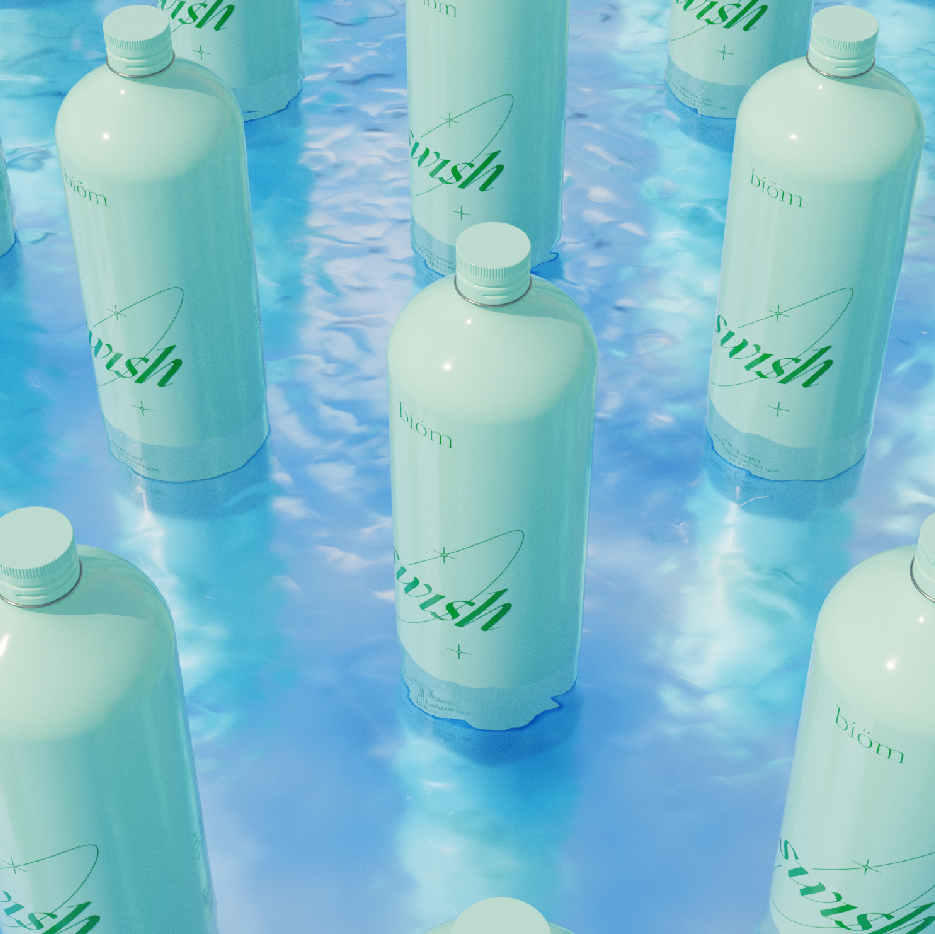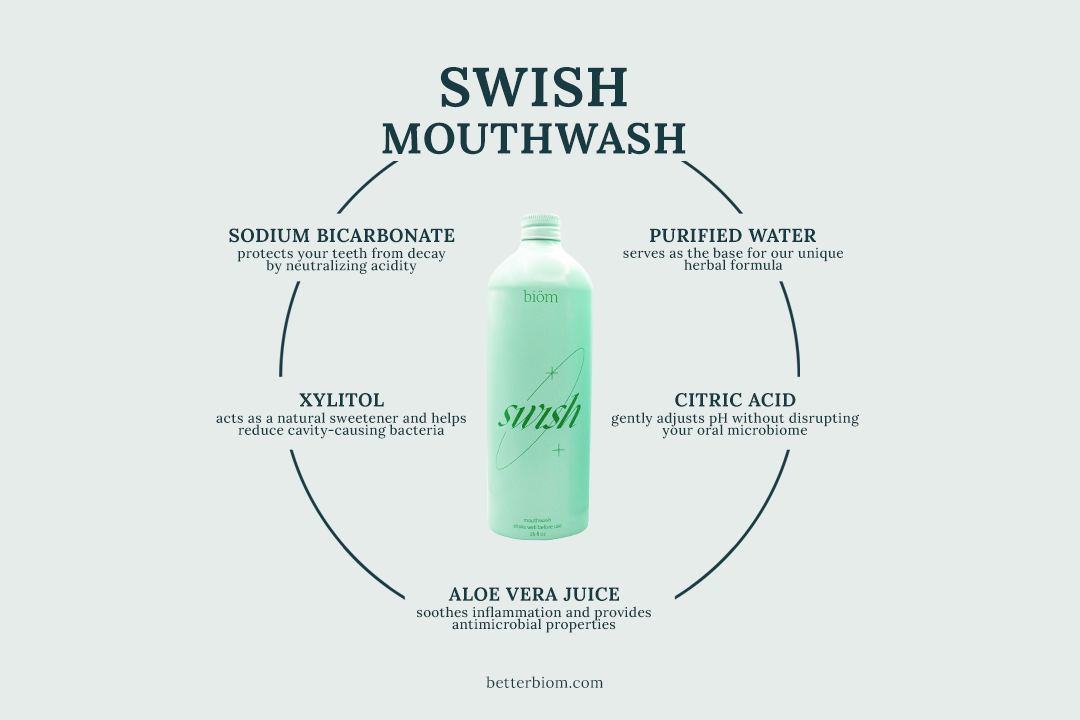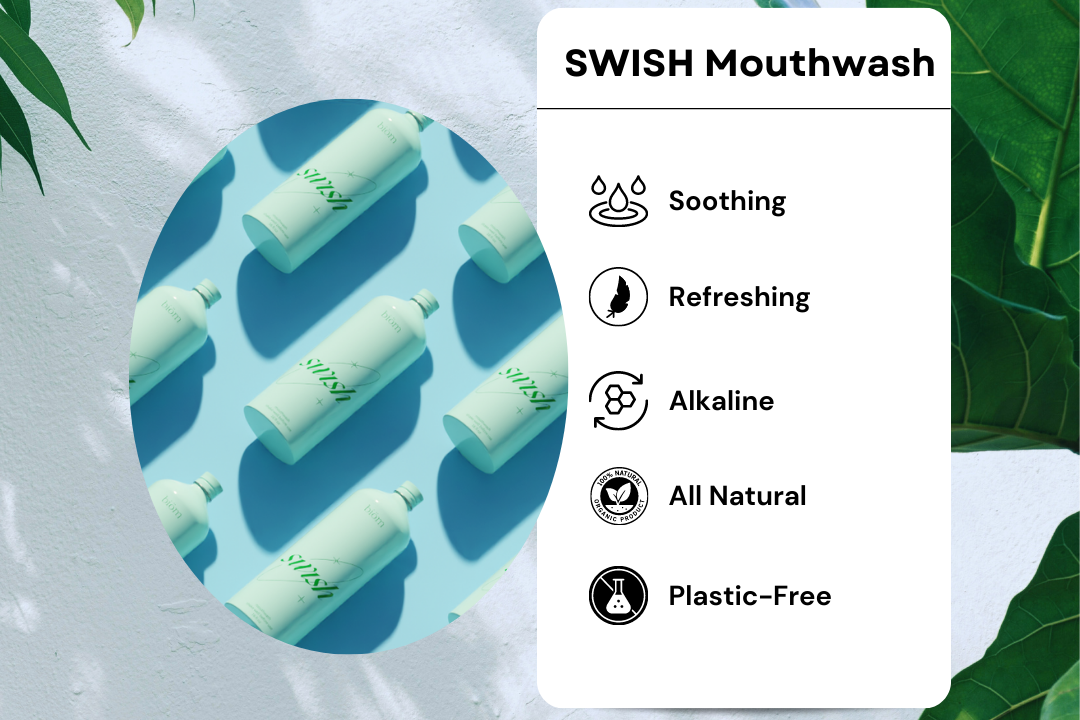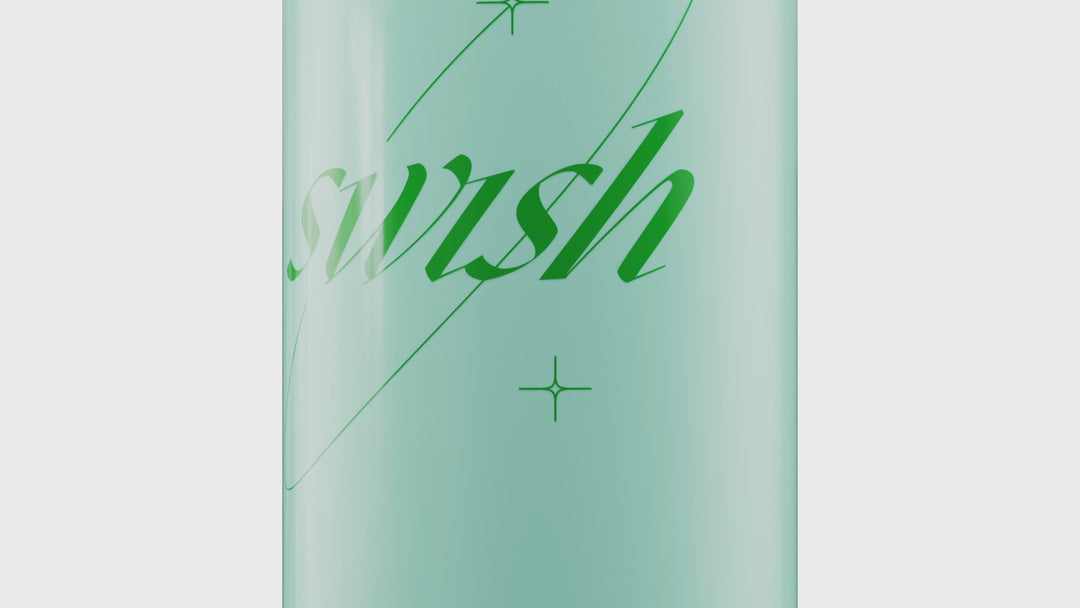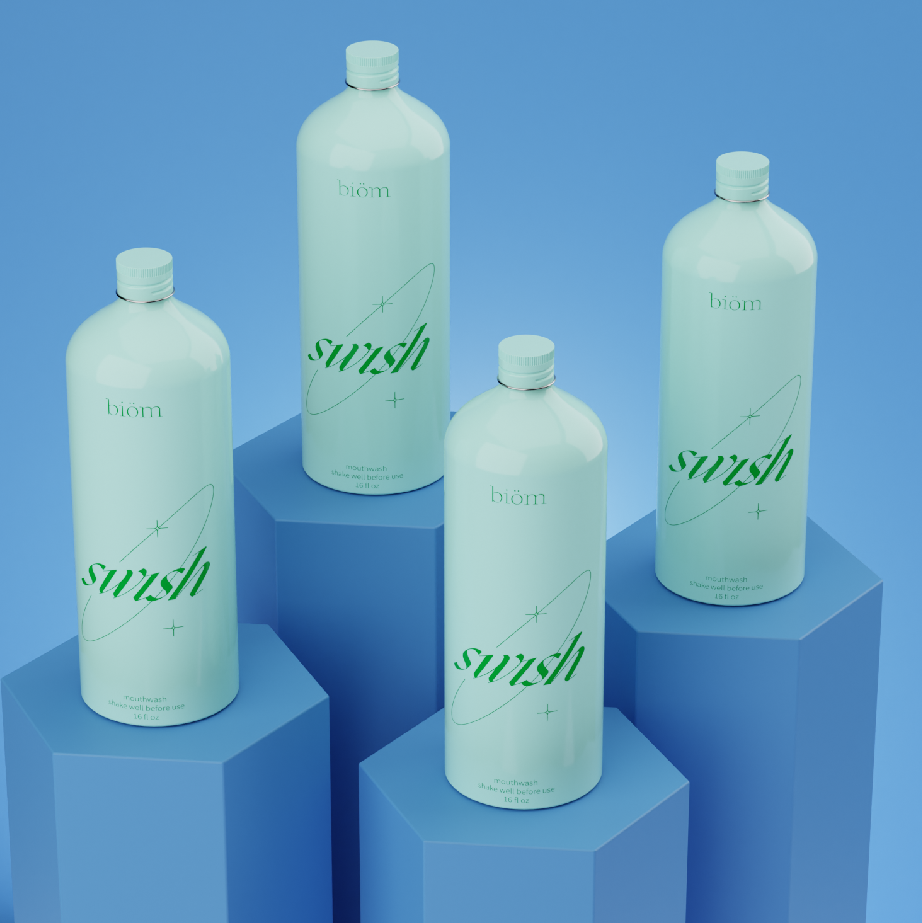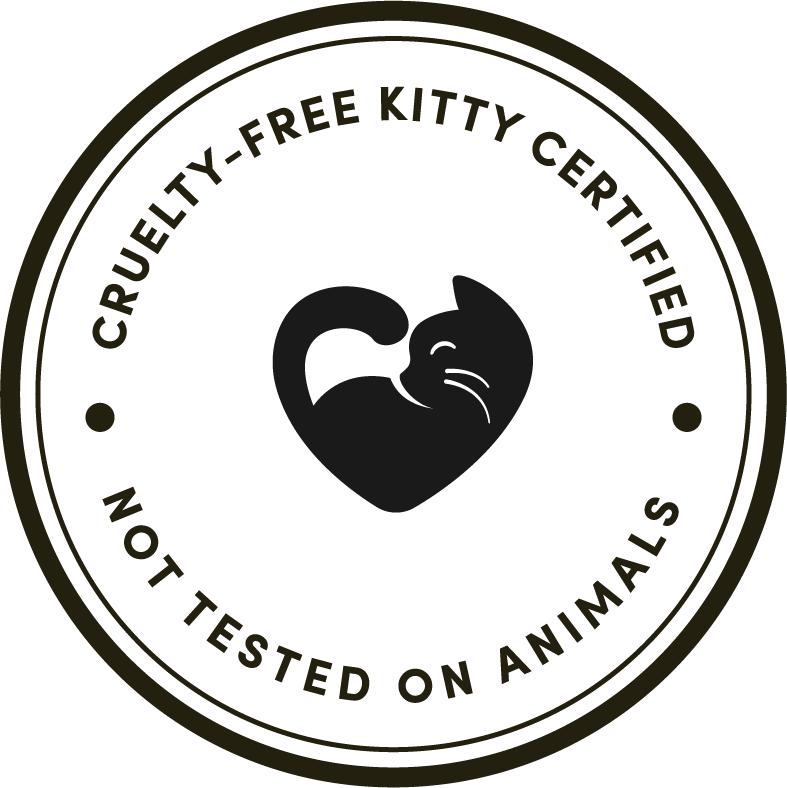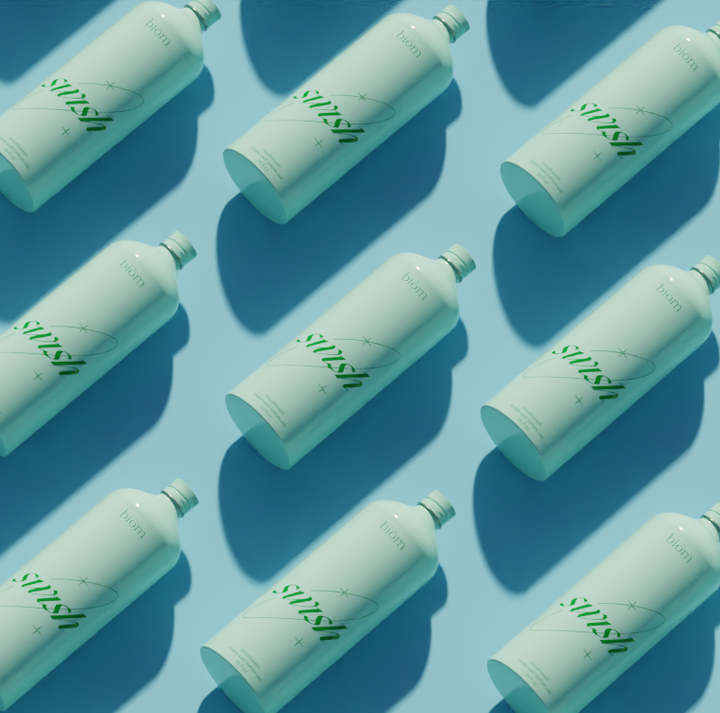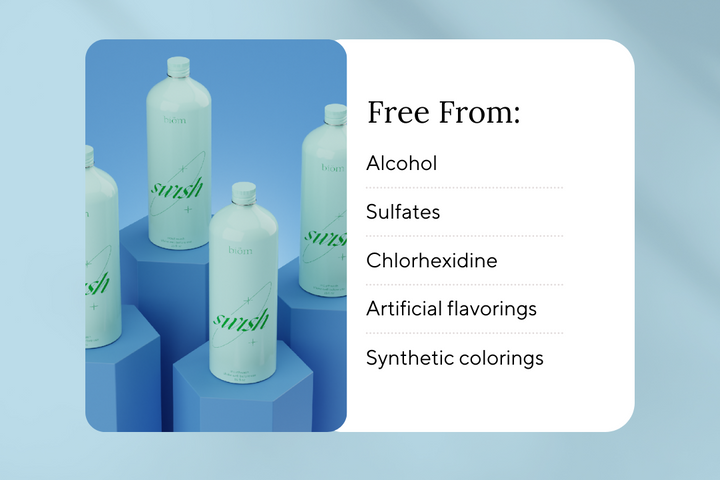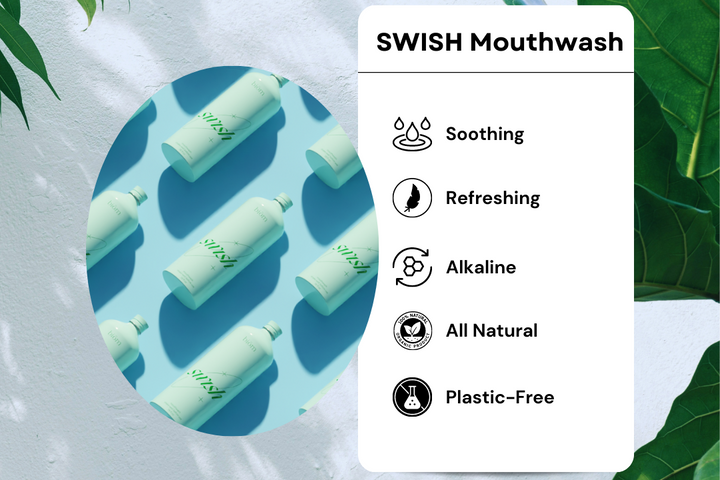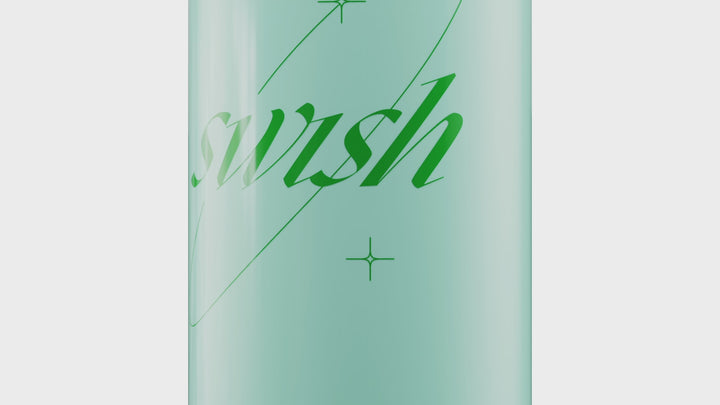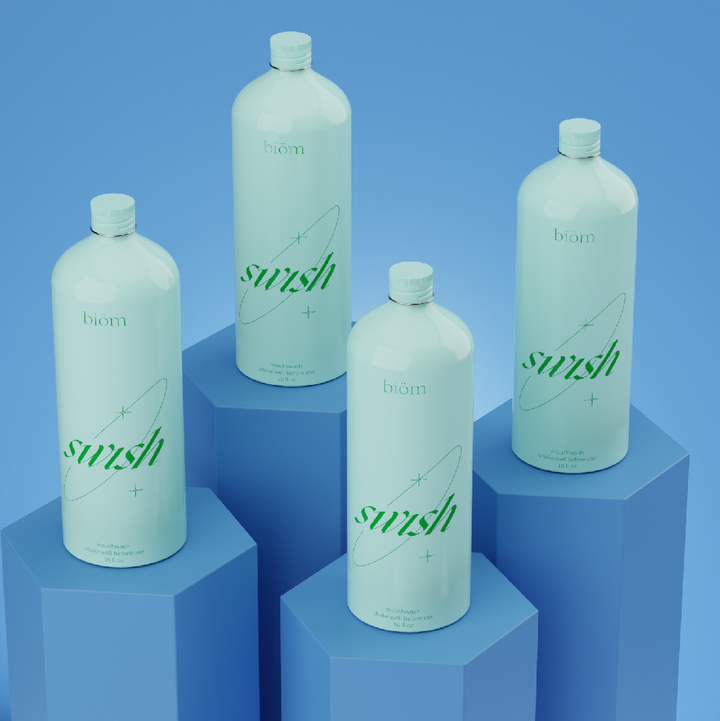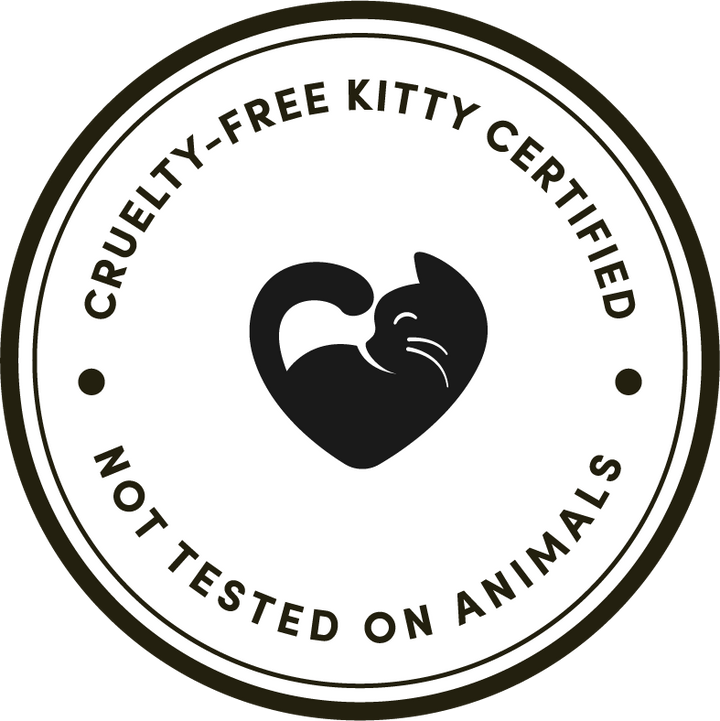Can I Oil Pull After Eating?
While you can oil pull after eating if you prefer, oil pulling is an ancient Ayurvedic medicine practice typically conducted first thing in the morning on an empty stomach instead of oil pulling at night. In the Ayurvedic tradition, this timing is thought to allow the oil to thoroughly bind with toxins and bacteria present in the mouth without interference from food particles.
However, if oil pulling immediately after eating is unavoidable for you, you should to wait at least an hour to allow the majority of food particles to clear from your mouth. While oil pulling after eating may not be as effective as doing it on an empty stomach, it can still help remove some bacteria and food debris from the oral cavity.
That said, while oil pulling is a beloved holistic health practice, it's important for us to note that there is not much clinical evidence behind the benefits of oil pulling from a dental health perspective.
In this article, I'll explain everything you need to know about oil pulling and whether you should do it after eating.
What is oil pulling?

Oil pulling is a traditional Ayurvedic practice for improving oral hygiene and for spiritual benefits.
It involves swishing oil in your mouth for about 20 minutes to remove bacteria and dislodge buildup between your teeth. Back then, this process was used to treat bad breath and gum disease and, while less common now, continues to be practiced today for similar benefits.
While oil pulling was originally conducted with sesame and sunflower oil, virgin coconut oil is more common now. Any oil, including sunflower oil or olive oil, can be used for oil-pulling therapy, but coconut oil has been popularized due to its high lauric acid content and pleasant taste.
Just remember, to maximize the oral health benefits of oil pulling, we recommend brushing with toothpaste tablets, flossing with expandable floss, and using a tongue scraper daily.
How does oil pulling work?

Oil pulling works by dislodging harmful bacteria from between your teeth before it has a chance to organize into plaque.
Essentially, the oil helps emulsify the bacteria and debris in your mouth, allowing it to be spit out after ~20 minutes. Clinical and diagnostic research suggests that this practice supports a healthy oral microbiome.
That being said, it takes about 20 minutes for oil pulling to have a significant impact on your oral hygiene. Therefore, it is one of the more labor-intensive oral health practices and may not fit into your daily overall health routine.
Benefits of Oil Pulling
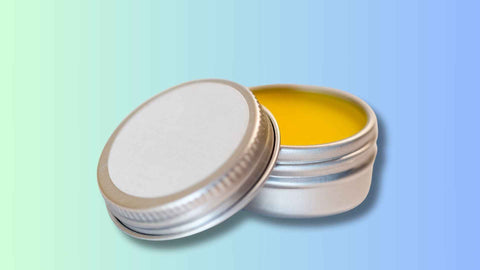
Proponents of oil pulling suggest that it has benefits that include:
-
Reducing oral bacteria associated with cavities and gingivitis
-
Removing plaque buildup along the gumline
-
Whitening teeth
-
Eliminating bad breath
-
Preventing periodontal disease progression
-
Lowering risk of tooth decay
These potential benefits largely come from oil pulling’s presumed ability to reduce bacterial load in your mouth. However, there is no academic consensus on the benefits of oil pulling due to the lack of clinical research.
BACTERIA

There is some evidence that oil pulling may reduce the number of bacterial colonies living in your mouth. However, this is a newly evolving field of research and more evidence is required to fully understand the impact.
BAD BREATH
By reducing the number of bacterial colonies in your mouth, oil pulling may have some impact to reduce the incidence of halitosis.
PLAQUE BUILDUP

Oil pulling is an effective treatment against plaque. In fact, one study found that "both coconut oil and sesame oil can be used for oil-pulling therapy with the aim of plaque regrowth inhibition". Interestingly, this study also found that this same mechanism had a positive impact on tooth staining as well.
GINGIVITIS AND INFLAMMATION
Preliminary evidence shows that oil pulling may help fight gingivitis by reducing your plaque index. However, it is unclear how significant these results are and whether they can be replicated.
Side Effects of Oil Pulling

Oil pulling is generally considered safe although it may lead to some side effects in certain individuals. These side effects can include nausea, upset stomach, or an unpleasant taste in the mouth, especially if you do not spit out the oil properly after swishing. Some people may also experience jaw fatigue or soreness from the prolonged swishing motion required during oil pulling.
Additionally, there have been rare reports of lipoid pneumonia, a condition caused by inhaling small amounts of oil into the lungs, although this risk is extremely low when oil pulling is done correctly.
Let's walk through some of the side effects in greater detail.
Nausea
Swallowing oil during oil pulling can lead to feelings of nausea, particularly if you accidentally ingest a significant amount. This sensation may occur due to the texture or taste of the oil or just from your stomach's reaction to the oil. To prevent any discomfort, it's crucial to spit out the oil thoroughly after swishing. Further, you can start by swishing with a small amount of oil before gradually progressing to a larger amount of oil and a longer duration of oil pulling. Finally, you can choose to start with a lighter oil that has a milder taste like sunflower oil.
Upset Stomach
Along with nausea, ingesting oil during oil pulling may cause an upset stomach for some people. This discomfort can manifest as abdominal pain, bloating, or indigestion. To prevent this from happening, make sure that you fully spit out all of the oil after oil pulling and do your best to avoid swallowing it. You can also rinse your mouth out thoroughly with water after oil pulling to remove any residual oil that may otherwise cause stomach discomfort.
Jaw Fatigue or Soreness

Unfortunately, the repetitive swishing motion required during oil pulling can lead to jaw fatigue or soreness, especially if you perform it for an extended period. This discomfort may arise from overuse of the jaw muscles and typically resolves with rest. Taking breaks or reducing the duration of oil pulling sessions can help alleviate this issue. Additionally, you can try gently massaging the jaw muscles before and after oil pulling to help prevent fatigue and soreness.
Lipoid Pneumonia
In rare cases, inhaling small amounts of oil into the lungs during oil pulling may lead to lipoid pneumonia, a type of pneumonia caused by lipid or oil aspiration. While the risk is minimal when oil pulling is performed correctly, it's essential to be cautious and avoid inhaling the oil. To minimize the risk of lipoid pneumonia, you should ensure you're using the proper technique for oil pulling, which involves swishing the oil around your mouth and then spitting it out, rather than inhaling or swallowing it.
Allergic Reactions

Individuals with allergies to certain oils, such as coconut or sesame oil commonly used for oil pulling, may experience allergic reactions. Symptoms can include itching, rash, or swelling of the mouth or throat. If this sounds like you, make sure to choose an oil that you tolerate well and discontinue use if any allergic symptoms occur.
Pros and Cons of Oil Pulling After Eating

In comparing oil pulling vs mouthwash, many individuals prefer using mouthwash everyday as it's less time-intensive and generally more effective than oil pulling. That said, some people prefer to oil pull regardless, so let's walk through some of the pros and cons of oil pulling after eating.
Pros
-
Cleanses the mouth: Oil pulling after eating can help remove food particles, bacteria, and debris from the mouth, promoting oral hygiene and reducing your risk of plaque buildup and bad breath.
-
Freshens breath: Oil pulling with an antimicrobial oil like coconut or sesame oil can help kill bacteria in the mouth that cause bad breath, leaving your breath fresher and more pleasant.
-
May aid digestion: Some proponents of oil pulling claim that it can stimulate saliva production, which may aid in digestion by breaking down food particles and promoting smoother digestion.
Cons
-
Risk of nausea: Oil pulling immediately after eating may increase the risk of nausea, especially if you accidentally ingest a large amount of oil. This discomfort may arise from the combination of oil with food particles in the stomach and can lead to feelings of queasiness or discomfort.
-
Potential for stomach upset: Ingesting oil after eating may cause an upset stomach for some people, leading to symptoms like bloating, indigestion, or abdominal discomfort. This reaction may occur due to the oil interacting with food in the stomach or exacerbating existing digestive issues.
-
Unpleasant taste: Oil pulling after eating may result in an unpleasant taste or sensation in the mouth, particularly if the oil mixes with food residues or flavors. This can make the oil pulling experience less enjoyable.
Should you oil pull at night before or after brushing teeth?
Oil pulling is best done before brushing your teeth, whether in the morning or at night.
Oil pulling helps remove bacteria, toxins, and food particles from the mouth, making it an effective pre-cleaning step. By doing it before brushing, you can ensure that your toothpaste and brushing are more effective in cleaning the remaining surfaces of your teeth and gums.
Brushing after oil pulling helps remove any residual oil and enhances oral hygiene. If done after brushing, oil pulling might leave an oily residue, which could feel unpleasant and interfere with the clean feeling of freshly brushed teeth.
Additionally, oil pulling before brushing helps maintain the natural balance of your oral microbiome without disrupting your regular oral care routine.
Therefore, performing oil pulling before brushing is the most beneficial approach for optimal oral health.
How to do Oil Pulling Correctly

According to the Ayurvedic tradition, proper oil pulling should be conducted in the morning on an empty stomach.
First, take a tablespoon of coconut oil (or your other preferred oil) and put it in your mouth. Then, swish the oil around for 20 minutes.
You must swish for at least 20 minutes as it takes a large number of passes of the oil between your teeth to fully dislodge bacteria and get the best dental health benefits.
Finally, spit out the oil in your trash can and finish off by brushing your teeth for two minutes.
Tips and Tricks for Oil Pulling Method
Oil pulling can be tricky for beginners. Try following some of these tried-and-true tricks to improve your experience with it:
-
Oil Pulling on an Empty Stomach: According to Ayurvedic tradition, it's best to perform oil pulling first thing in the morning on an empty stomach. This allows the oil to interact with the oral bacteria effectively without interference from food particles.
-
Start Slow and Gradually Increase Duration: If you're new to oil pulling, start with just 5 minutes and gradually work your way up to 15-20 minutes. This allows your mouth to get accustomed to the sensation and helps prevent discomfort or jaw fatigue.
-
Spit Out the Oil: After swishing the oil around in your mouth, spit it out into a trash can or tissue. Avoid spitting it into the sink to prevent clogging due to the oil solidifying at lower temperatures.
-
Consistency is Key: For optimal results, aim to perform oil pulling daily. Consistency is important to experience the full benefits, such as improved oral hygiene and fresher breath.
-
Combine with Regular Oral Care Routine: Oil pulling should complement, not replace, your regular oral hygiene routine. Continue to brush your teeth twice a day, floss daily, and use mouthwash as needed to maintain overall oral health.
Why should you oil pull on an empty stomach?
You should oil pull on an empty stomach because, according to Ayuvedic tradition, this allows the oil to thoroughly bind with bacteria present in your mouth without interference from food particles.
When your stomach is empty, there are fewer substances in your mouth that could diminish effectiveness of the oil you're pulling with.
Additionally, swishing oil in your mouth before eating or drinking anything in the morning can be a gentle, refreshing way to kickstart your oral hygiene routine for the day. Just don't forget to tongue scrape and brush your teeth afterward!
How long after oil pulling can I eat?
Wait at least an hour after eating before you do oil pulling. This allows enough time for the majority of food particles to clear from your mouth, ensuring that the oil can effectively bind with bacteria without interference.
Waiting an hour also minimizes the risk of any discomfort or nausea that may occur if you oil pull immediately after eating.
So, if you're planning to incorporate oil pulling into your routine, it's best to schedule it at least an hour after your meals for best results and a more pleasant experience.
Summary: Can you oil pull after eating?

While you can oil pull after eating, oil pulling is traditionally practiced on an empty stomach per Ayurvedic medicine. While proponents of oil pulling say it's best performed before eating to allow the oil to bind with mouth toxins effectively, that doesn't always work for everyone's schedule. If you need to conduct your oil-pulling after eating, we recommend waiting at least an hour after eating to clear food particles.
That said, despite its potential to remove bacteria and plaque, oil pulling's benefits lack strong clinical evidence, and it carries risks like nausea, upset stomach, and jaw fatigue, particularly if you accidentally inhale the oil into your lungs. Nonetheless, when executed properly, it can contribute to oral health, making it a practice worth considering in your daily oral care routine.
Frequently Asked Questions
How long should you wait after eating to oil pull?
You should wait at least 30 minutes after eating before oil pulling to ensure optimal effectiveness. This allows time for digestion and prevents any interference with the oil-pulling process.
When is the best time to do oil pulling for teeth?
The best time to do oil pulling for teeth is typically in the morning, before eating or drinking anything, on an empty stomach. This allows the oil to interact with oral bacteria effectively and promotes better oral hygiene.
What should you not do after oil pulling?
After oil pulling, it's important not to swallow the oil. Instead, spit it out into the trash or toilet. Swallowing the oil may reintroduce toxins into your body, which can negate the benefits of oil pulling. Additionally, avoid rinsing your mouth immediately after oil pulling to allow the residual oil to continue its cleansing action on your teeth and gums.
Is it better to oil pull before or after eating?
It is better to oil pull before eating, preferably in the morning on an empty stomach. This allows the oil to effectively interact with oral bacteria and plaque without interference from food particles. However, some people may choose to oil pull after eating, as long as they wait at least 30 minutes to allow for proper digestion before starting the process. Ultimately, the decision depends on personal preference and lifestyle routine.
Why does oil pull on an empty stomach?
You should pull on an empty stomach because, according to Ayurvedic tradition, this allows the oil to thoroughly bind with bacteria present in your mouth without interference from food particles. When your stomach is empty, there are fewer substances in your mouth that could diminish effectiveness of the oil you're pulling with.
Is it OK to do oil pulling everyday?
Yes, it’s generally fine to do oil pulling every day, as it can support oral health by reducing bacteria and freshening breath. However, it shouldn't replace regular brushing and flossing, which are essential for thorough cleaning. For a natural and easy option, you might also consider using an alcohol-free mouthwash as a convenient addition to your routine. Oil pulling can be a helpful extra step, but not a substitute for standard oral care.
Can you do coconut oil pulling after eating?
Yes, you can do coconut oil pulling after eating, but it’s generally recommended to do it on an empty stomach, ideally before eating or drinking in the morning. Pulling oil on an empty stomach may be more effective in removing bacteria and toxins accumulated overnight. If you prefer to oil pull after meals, just wait about 1–2 hours to ensure food particles don’t interfere with the process. Regular timing is helpful, but consistency matters most.
What should you not do after oil pulling?
After oil pulling, avoid swallowing the oil since it contains bacteria and toxins removed from your mouth. Also, it’s best not to eat or drink immediately afterward; instead, rinse your mouth with water to get rid of any leftover oil residue. Follow up by brushing your teeth to remove any remaining particles and ensure a clean mouth. Additionally, try not to skip regular oral care practices, as oil pulling is a supplement, not a replacement, for brushing and flossing.
How long after oil pulling can you drink water?
After oil pulling, it's recommended to wait at least 20-30 minutes before drinking water. This allows your mouth to fully clear any toxins and bacteria that were pulled out during the process. Drinking water too soon may dilute the beneficial effects of oil pulling.
How long do you have to keep oil in your mouth after oil pulling?
During oil pulling, it's ideal to keep the oil in your mouth for about 15-20 minutes. This duration allows the oil to effectively mix with saliva, helping to pull out toxins, bacteria, and debris from your mouth. Avoid swishing for longer, as this can lead to jaw fatigue or cause the oil to reabsorb toxins back into the mouth.





